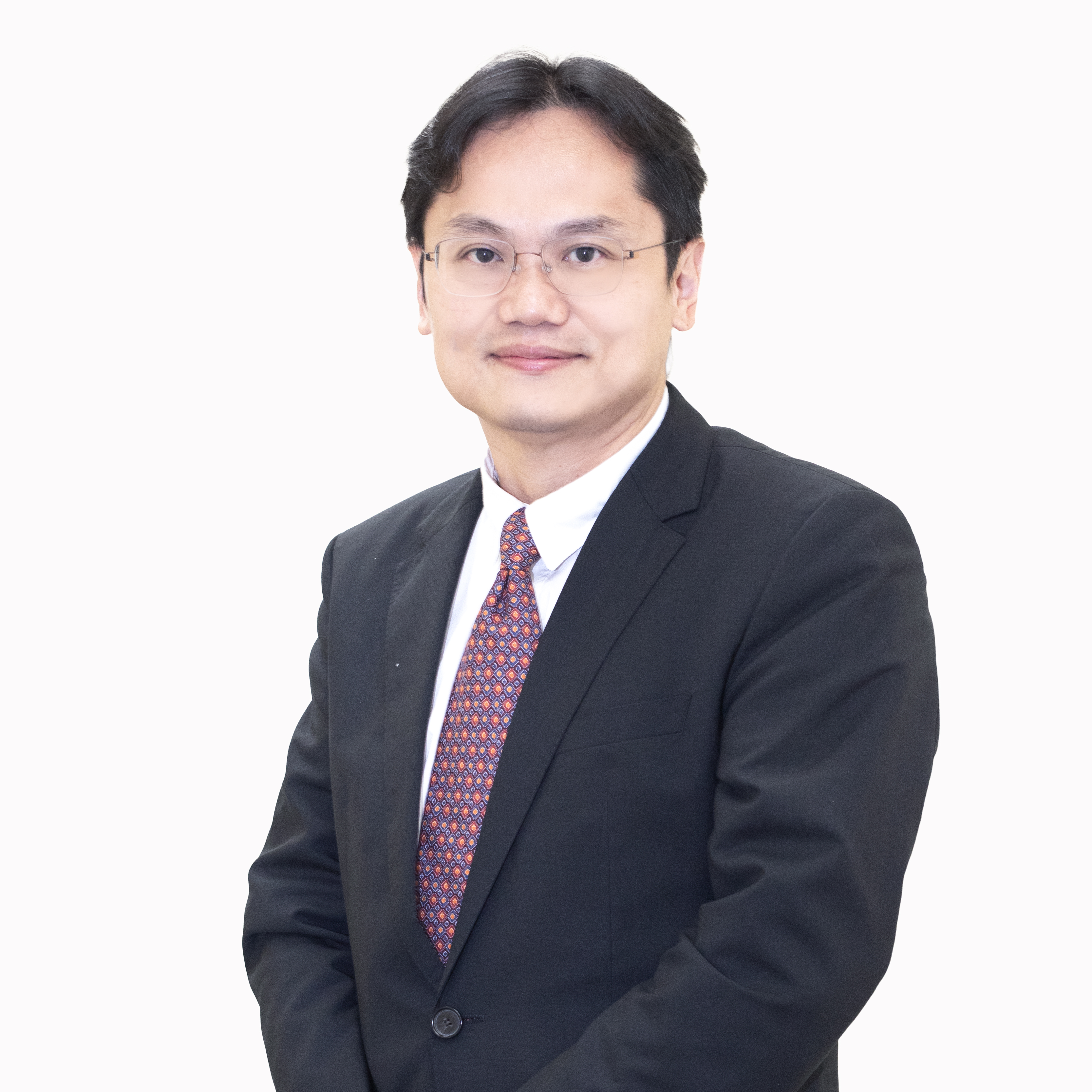Pancreatic surgery eases with robotics
25 July 2023

KUALA LUMPUR: Sunway Medical Centre Sunway City (SMC) has successfully conducted pancreatic cancer surgery through the robotic Whipple procedure with the 4th generation surgical robot known as da Vinci Xi on June 17.
SMC in a statement said the complex Whipple’s surgery was traditionally done as an open surgery, taking five to six hours and requires highly skilled hands.
“But with the aid of a surgical robot such as the da Vinci Xi, this arduous surgery can now be performed with a minimally invasive approach through a few keyholes size incisions.
“SMC currently has two units of da Vinci Xi available and is the only hospital in Malaysia offering robotic-assisted Whipple’s procedure,” the statement read.
SMC said robotic-assisted surgery has many benefits such as smaller incisions required compared to traditional surgery, the dextrality of the robotic arms allows it to perform better in deep and narrow spaces that is difficult to access with hands and with the magnifying view of the robotic controlled camera, anatomy is better visualised making injuries less likely.
With that, it said patient recovery is much faster and able to be discharged earlier due to the smaller wounds and less physiology disturbance, suffering less pain, as well as lower risk of infection with lower complications which allows them to discharge earlier.
According to the statement, having the use of robots in surgery offers a higher success rate when case selection is done correctly and should there be challenges to proceed, the surgeon has the option of converting it into an open surgery.
 Meanwhile, SMC’s hepatopancreatobiliary (HPB) consultant surgeon Prof Dr Yoong Boon Koon in the same statement said the minimally invasive surgical option is only suitable for patients in the early stage of cancer or pre-cancerous conditions.
Meanwhile, SMC’s hepatopancreatobiliary (HPB) consultant surgeon Prof Dr Yoong Boon Koon in the same statement said the minimally invasive surgical option is only suitable for patients in the early stage of cancer or pre-cancerous conditions.
“Most patients, except those with poor lung or heart functions, and poor general health, are suitable for robotic Whipple procedure. Patients with multiple previous abdominal surgery can make this surgery more challenging,” he said.
In the statement, Dr Yoong said if the cancer is located at the tail and body of the pancreas, removal of the pancreatic tail, spleen and surrounding lymphatic tissues is the treatment of choice.
“However, if the cancer is found at the head of the pancreas, a complex surgery known as the pancreaticoduodenectomy (Whipple’s procedure) is needed, where it removes the pancreatic head, duodenum, bile duct, and gallbladder,” he said.
He said the most common signs of pancreatic cancer are jaundice (a medical condition in which the skin and the white parts of the eyes become yellow), intestinal obstruction, loss of appetite and weight and abdominal pain or mass.
“Unfortunately, these symptoms often present late and curative treatments are not feasible on diagnosis. However, for those detected at an early stage during screening (where there is a raised CA19-9 in a blood test or pancreatic mass on ultrasound), surgical removal of the tumour is the only chance of cure,” he said.
He said those detected with precancerous tumours carry the best prognosis and surgical resection would usually cure the disease.
Additionally, Dr Yoong said pancreatic cancer is still localised to the pancreas (stage 1-3), surgical resection is followed by chemotherapy, while for cancer that has spread to other organs (stage 4), palliative chemotherapy is the treatment of choice.
Source: Bernama
后退




